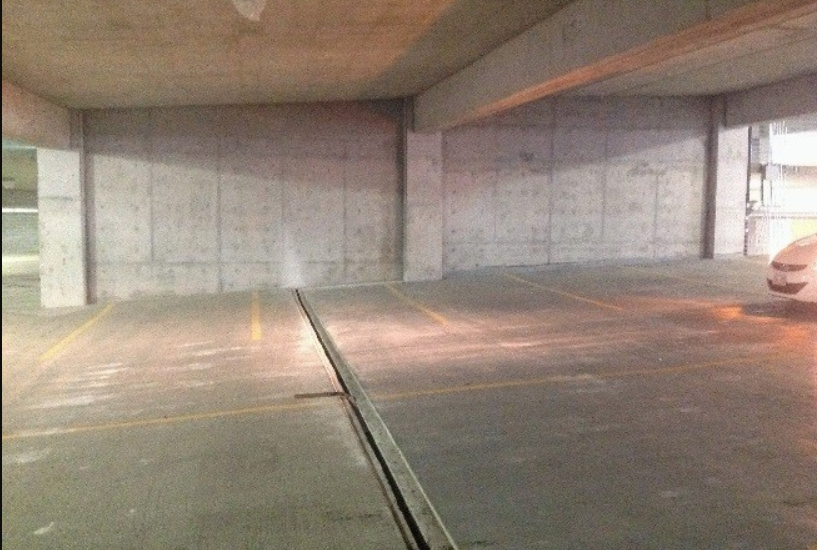Expansion Joints in buildings are provided to allow the movement of structural members because of temperature variation and moisture content variation.
Expansion joints allow movements of the structural member during temperature variation.
As per IS 456 2000, if the length of the structural member is more than 45 meters then the use of an expansion joint is a must.
Why Expansion Joints are Provided?
For any building or bridge, the temperature surrounding it changes throughout the day. This temperature change causes elements of structures to contract and expand. This leads to thermal stresses.
To avoid this thermal stress we can provide Expansion Joints that allow relative movement between these elements.
Also Read- Glass Fiber Reinforced Concrete – Concrete Technology
Filling Materials in Expansion Joints
Natural or cellular rubber, bitumen, expanded plastic or polythene foam could be used as a filling material in expansion joints.
A sealing compound is used to prevent the ingress of water or any other foreign compound in the expansion joint.
Indian standards stipulate the installation of Expansion Joints in construction in IS 3414-1968, which is reaffirmed in 2000.
Criteria for Selection of Filling Material
- The joint filler must be compressible without extrusion, that is it should be cellular.
- The joint filler should regain its 75% thickness as soon as possible after relieving the pressure.
- The material should resist weathering as much as possible.
Other Types of Joints in Construction – Construction Joint and Contraction Joint
Construction Joints
When it isn’t possible to cast the whole construction element as a monolithic one, the construction joints are used. These types of joints allow transfer of flexural stresses and are provided at the end of a single day of construction work.
Contraction Joints
When it is necessary that the construction joint should be filled up with some material so that cracks do not appear then it is called a contraction joint.
There are three types of contraction joints.
- Complete contraction joint
- Partially contraction joint
- Dummy joint
Also Read-
Criteria For Selection Of The Repair Material
Most Useful Software for Civil Engineers
Factors Affecting Durability of Concrete: Engineering Perspective
Lightweight Concrete – Making and Applications
One Way Slab V/S Two Way Slab – Structure Analysis
Criteria for Selection of Dam Site
FAQs
As per IS 456-2000, structures having a length of more than 45 meters should designed with one or more Expansion Joints.
References-
EMSEAL, 2022. What is an Expansion Joint? [Online]
Available at: https://www.emseal.com/glossary-term/expansion-joint/
